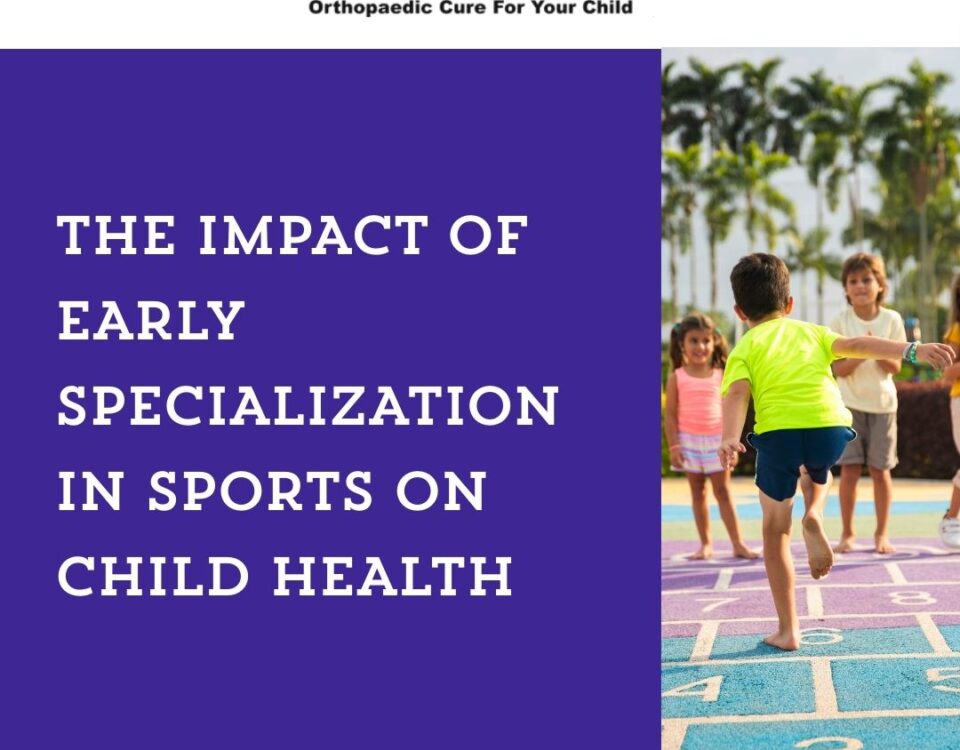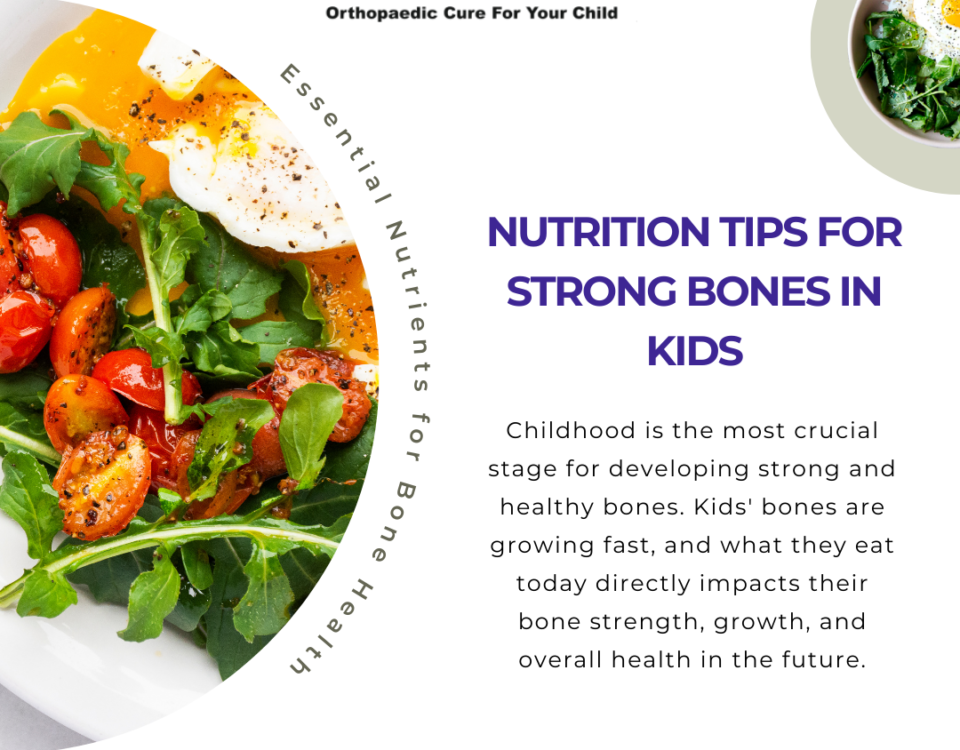Understanding How Kids’ Bones Heal and When to See an Orthopedic Specialist
A fall during a football match. A tumble off a bicycle. Or just a simple misstep while playing. Childhood is full of energy, activity — and unfortunately, occasional injuries. One of the most common injuries kids experience is bone fractures.
As a parent, you might wonder, “Do all fractures need treatment?” or “Can bone fractures in children heal on their own?” This is a very valid concern — and the answer depends on the type, severity, and location of the fracture, along with your child’s age and bone growth potential.
In this blog, let’s explore:
- Whether bone fractures in children can heal without treatment
- How children’s bones differ from adults’
- Warning signs to watch out for
- Types of fractures common in kids
- When to see an orthopedic specialist
- FAQs every parent should know
How Children’s Bones Are Different from Adults
Children’s bones are not just smaller versions of adult bones — they are softer, more flexible, and still growing. This makes them more prone to certain types of fractures, but also gives them a better healing capacity than adults.
Children’s bones have something called growth plates — soft areas near the ends of long bones where growth happens. These are more vulnerable to injury, but if managed well, they also allow bones to remodel and heal effectively.
So yes — some minor fractures in children may heal on their own, but the key lies in knowing which ones are safe to monitor and which need medical intervention.
Can Bone Fractures Heal Without Medical Help?
Some very mild fractures, like hairline or greenstick fractures, may heal with rest, immobilization, and at-home care — but this is not something parents should assume on their own.
Important note:
Never skip a doctor visit after a suspected fracture.
Why? Because even if the child seems fine, untreated fractures can lead to:
- Improper bone healing
- Limb length discrepancies
- Joint stiffness
- Chronic pain or deformities
- Long-term mobility issues
Orthopedic evaluation ensures the fracture is:
- Properly diagnosed with an X-ray
- Managed based on location and severity
- Monitored throughout the healing process
Signs Your Child May Have a Fracture
Not all fractures result in obvious deformity. Some may just look like a sprain. Watch for these symptoms:
- Sudden pain after an injury
- Swelling or bruising
- Difficulty moving the limb
- Limping or refusal to bear weight
- Pain that worsens with pressure or touch
- The child holding or guarding the injured area
When in doubt — consult a pediatric orthopedic specialist.
Common Types of Fractures in Children

When Should You See an Orthopedic Doctor?
You should consult a pediatric orthopedic specialist immediately if:
- There is visible deformity or bone sticking out
- Your child cannot move the limb or bear weight
- There’s swelling, bruising, or tenderness over a joint
- The injury involves the elbow, wrist, hip, or growth plate
- Pain continues for more than a few days
How Are Fractures in Children Treated?
Depending on the type of fracture, treatment may include:
- Casting or Splinting
To immobilize the bone and allow natural healing. - Closed Reduction
For displaced fractures, the bones are realigned without surgery. - Surgical Fixation
Severe or complex fractures may need pins, plates, or rods for proper alignment. - Follow-up X-rays
To ensure the bone is healing properly over time.
The good news? Children’s bones heal faster than adults — typically between 3 to 8 weeks depending on the fracture.
What Can Happen if a Child’s Fracture is Left Untreated?
Even if the pain seems manageable, neglecting a fracture can have serious consequences:
- Malunion – Bone heals in the wrong position
- Growth problems – If growth plates are involved
- Reduced range of motion
- Chronic pain or arthritis
- Recurrent fractures
That’s why early diagnosis and proper treatment are key.
FAQs About Pediatric Fractures
It’s better not to delay. If your child has pain, swelling, or can’t use the limb, it’s best to get it checked immediately.
Not always — they heal faster. But growth plate involvement can make them more complicated if left untreated.
Most childhood fractures don’t need surgery. But displaced or severe fractures, especially near joints or growth plates, might.
Yes. That’s why proper alignment, casting, and follow-ups with an orthopedic specialist are important.
Listen to the Signs & Seek Expert Help
Bone fractures in children can be minor or serious, but it’s never safe to assume they’ll “heal on their own.” Even the smallest crack can lead to long-term issues if not addressed properly.
If your child has suffered an injury and shows signs of pain or limited movement, don’t wait. Early intervention ensures fast healing and a safe return to play.
Dr. Rajesh, a leading pediatric orthopedic specialist, offers compassionate and expert care tailored for growing bones. Whether it’s a wrist buckle fracture or a complex growth plate injury, his clinic ensures your child gets the best possible outcome.






